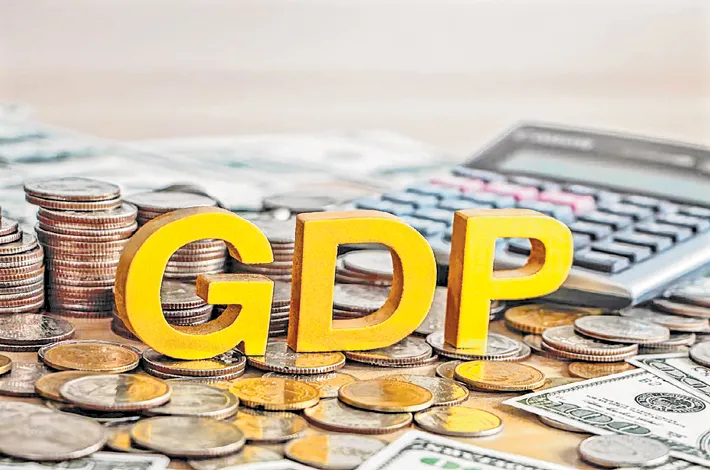UN lowers India’s 2025 GDP growth forecast to 6.3%
17-05-2025 12:00:00 AM

FPJ News Service mumbai
India’s economy is forecast to grow by 6.3% in 2025, down from 7.1% in 2024, according to a UN (United Nations) World Economic Situation and Prospects 2025 report on Friday. Despite a projected moderation, India remains one of the fastest-growing large economies, supported by resilient consumption and government spending.
The economy is expected to grow at 6.5% next year. Resilient private consumption and strong public investment, alongside robust services exports, will support economic growth. While looming United States tariffs weigh on merchandise exports, currently exempt sectors—such as pharmaceuticals, electronics, semiconductors, energy, and copper—could limit the economic impact, though these exemptions may not be permanent.
In India, inflation is projected to slow from 4.9% in 2024 to 4.3% in 2025, staying within the central bank’s target range. Declining inflation has allowed most of the region’s central banks to commence or continue monetary easing in 2025. The Reserve Bank of India, which had kept its policy rate steady at 6.5 per cent since February 2023, began its easing cycle in February 2025.
Meanwhile, governments in Bangladesh, Pakistan and Sri Lanka are expected to continue fiscal consolidation and economic reforms under IMF supported programs. The global economy is at a precarious juncture, marked by heightened trade tensions and elevated policy uncertainty. The recent surge in tariffs—driving the effective U.S. tariff rate up steeply—threatens to raise production costs, disrupt global supply chains and amplify financial turbulence, the report said.
The global economic outlook has deteriorated significantly since the January 2025 forecast. Sweeping US tariff announcements and counter-announcements, along with heightened policy uncertainty have eroded global growth prospects, already weaker than the pre-pandemic trend due to high debt levels, sluggish productivity growth and geopolitical tensions. Declining consumer and business confidence, increased financial market volatility, and potential disruptions in manufacturing and supply chains are weighing on economies worldwide.








